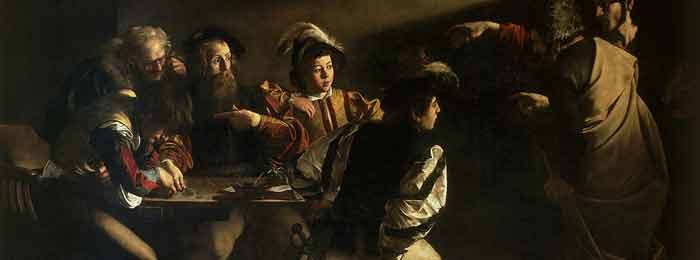Article by Mir

Michelangelo Merisi da Caravaggio, often just called Caravaggio, was a significant and mysterious painter during the Baroque period. He was born in Milan in 1571 and had a tumultuous life. He was known for his dramatic and revolutionary art style that had a lasting impact on the art world. In this article, we’ll explore Caravaggio’s life, his art, and how he influenced others.
Early Life and Start of His Art Career
Caravaggio had a tough childhood. His dad died when he was very young, and he became an orphan at just eleven. He began to learn how to paint as an apprentice to a Milanese artist, where he learned the basics of the craft. However, his real artistic journey began when he moved to Rome in the early 1590s.
In Rome, people quickly noticed his talent, and he got a job in the workshop of Giuseppe Cesari, a famous artist of the time. Under Cesari’s guidance, Caravaggio improved his skills and developed a unique style that would make him famous. He was known for using light and shadow in a dramatic way, which became a big part of Baroque art.
Introducing Realism in Art
Caravaggio’s most important contribution was his commitment to making art look real. He didn’t paint idealized and perfect figures like other artists in the Renaissance. Instead, he looked at ordinary people on the streets of Rome for inspiration.
In his paintings, you’d often see beggars, street kids, and even prostitutes. He painted them with honesty, showing all their imperfections and blemishes. This was a new way of making art that surprised and fascinated people, setting him apart from other artists of his time.
Mastery of Light and Dark
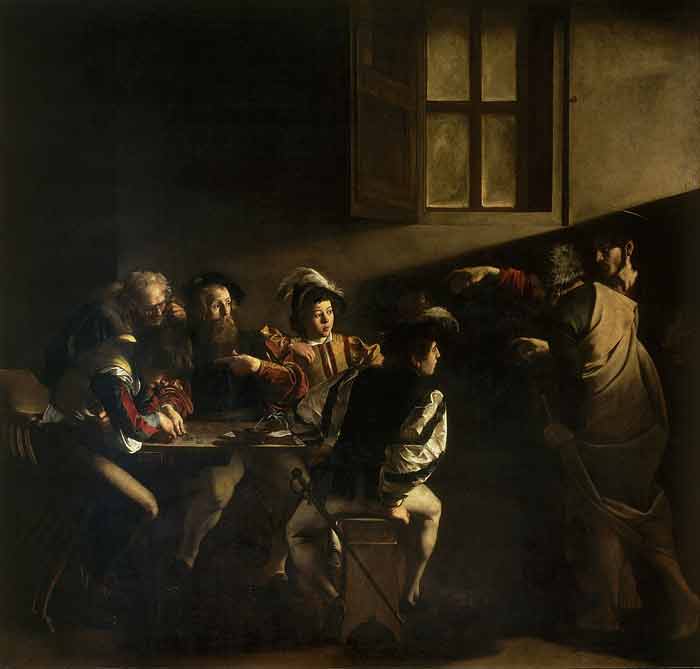
Caravaggio’s big artistic achievement was how he used light and shadow. He was really good at making some parts of his paintings very bright and others very dark. This created a lot of drama and strong emotions in his works. Paintings like “The Calling of Saint Matthew” and “Judith Beheading Holofernes” show his talent with this technique.
In “The Calling of Saint Matthew,” there’s a bright light on Christ and his followers, and it’s really dark in the room where the tax collectors are. This makes you focus on Saint Matthew’s spiritual transformation.
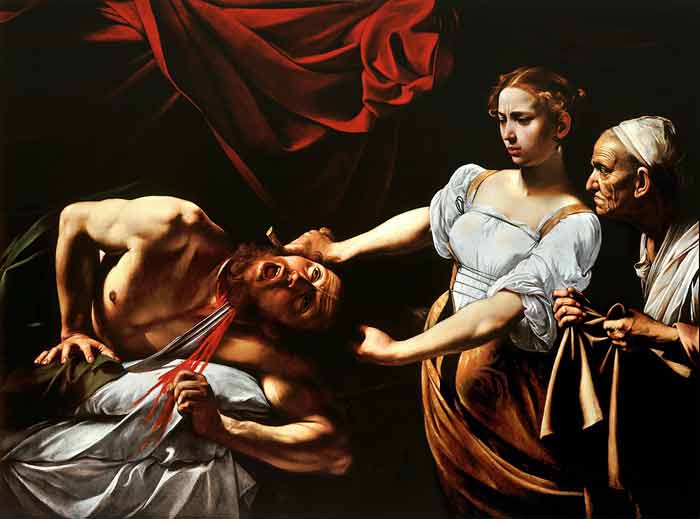
“Judith Beheading Holofernes” is a scary picture of a Bible story. Caravaggio’s use of light and dark makes the scene look even scarier. Although it shocked people with its realism, it also showed Caravaggio’s commitment to showing all sides of human life, even the darkest parts.
Trouble and Personal Problems
Caravaggio’s life was as wild as his art. He got into a lot of fights and often broke the law. In 1606, he killed a man in a street fight, which made him leave Rome and hide from the law for several years. Despite his personal problems, his art kept getting better during this time.
He went to different places like Naples, Malta, and Sicily, where he painted some of his most famous works. But his troubled nature caught up with him. In 1610, he died in a mysterious way on a beach in Porto Ercole, Italy, at just 39 years old.
Legacy and Influence on Art
Even though his life was chaotic, Caravaggio had a big impact on the art world. His focus on making art look real and his use of light and dark were crucial in making the Baroque style, which was popular in European art in the 17th century. Other famous artists like Rembrandt, Velázquez, and Rubens learned a lot from Caravaggio’s techniques.
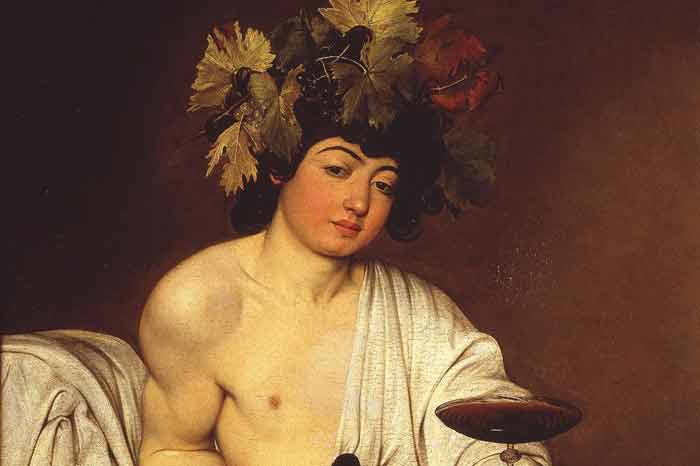
Caravaggio’s influence went beyond the Baroque period. His way of showing real human emotions and experiences in his art foreshadowed what other artists would do in the future. Even in modern times, artists still find inspiration in his ground-breaking use of light and shadow.
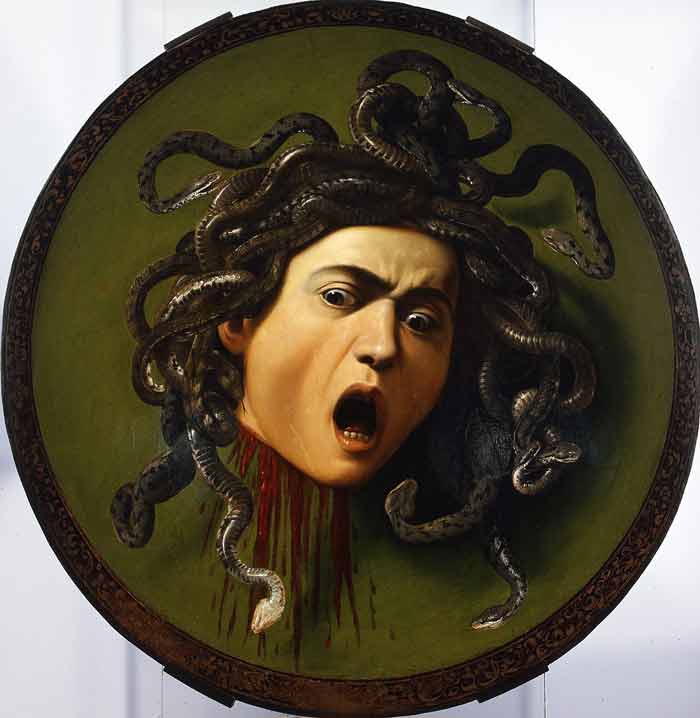
In summary, Caravaggio had a life and art that were full of excitement, challenges, and new ideas. His dedication to making art look real and his innovative use of light and shadow changed the direction of art history. Caravaggio’s paintings continue to captivate and inspire people, reminding us how powerful art can be in showing the human experience.

